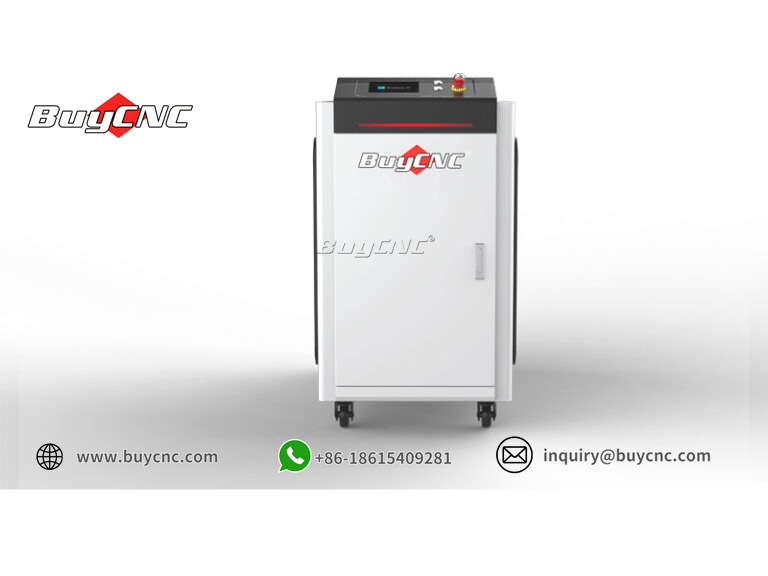Table of Contents
As an important equipment in modern industrial manufacturing, fiber laser welding machine has various welding methods and can flexibly adapt to various materials and process requirements. Among them, continuous welding and pulse welding are two common working modes of fiber laser welding machines. They each have unique advantages and application scenarios in the field of industrial manufacturing.

Continuous welding of fiber laser welding machine
First, we dive into the characteristics and applications of continuous welding. Continuous welding mode is widely used in automated welding on large-scale production lines due to its high efficiency and stability. During the continuous welding process, the laser beam continues to act on the welding site with constant power to form a stable molten pool, thereby achieving fast and efficient welding. This welding method is suitable for scenarios that have high requirements on welding speed and a certain tolerance for welding quality. However, continuous welding also has some limitations. Due to the continuous action of the laser beam, the heat input is large, which may cause welding deformation, thermal cracks and other problems. Especially when welding thin plates or heat-sensitive materials, special attention is required.
Pulse welding of fiber laser welding machine
Next, we analyze the characteristics and applications of pulse welding. Pulse welding achieves intermittent heating during the welding process by controlling the pulse frequency and energy of the laser beam. This welding method can effectively control heat input, reduce welding deformation and residual stress, and improve welding accuracy. Pulse welding is particularly suitable for scenarios that require high welding accuracy and quality control, such as the welding of precision parts, the welding of thin plate materials, etc. In addition, pulse welding can also be used to achieve deep penetration welding. By adjusting the pulse parameters, the laser beam can penetrate deeply into the material to meet specific process requirements.
Fiber laser welding machine options
In practical applications, fiber laser welding machines usually have both continuous welding and pulse welding modes, and users can flexibly choose according to specific needs and process requirements. When selecting a welding mode, factors such as material properties, thickness, welding speed, and welding quality need to be comprehensively considered. At the same time, Fiber laser welding machines are usually equipped with advanced control systems and parameter adjustment functions, allowing users to easily adjust and optimize welding parameters accurately to achieve the best welding results.
In addition, with the continuous advancement of technology, fiber laser welding machines are also constantly developing and improving. The new fiber laser welding machine further improves welding accuracy and quality control capabilities while maintaining high efficiency and stability. For example, some high-end fiber laser welding machines adopt intelligent control systems and online monitoring technology, which can monitor key parameters such as temperature changes and molten pool morphology during the welding process in real time, thereby achieving precise control of welding quality.

In general, fiber laser welding machines support two modes: continuous welding and pulse welding, each with its own characteristics and suitable for different application scenarios. With the continuous advancement of technology and the expansion of application fields, fiber laser welding machines will exert their unique advantages in more fields and provide efficient and high-quality welding solutions for modern industrial manufacturing. At the same time, we also need to continue to learn and master new welding technologies to adapt to changing market demands and process requirements.